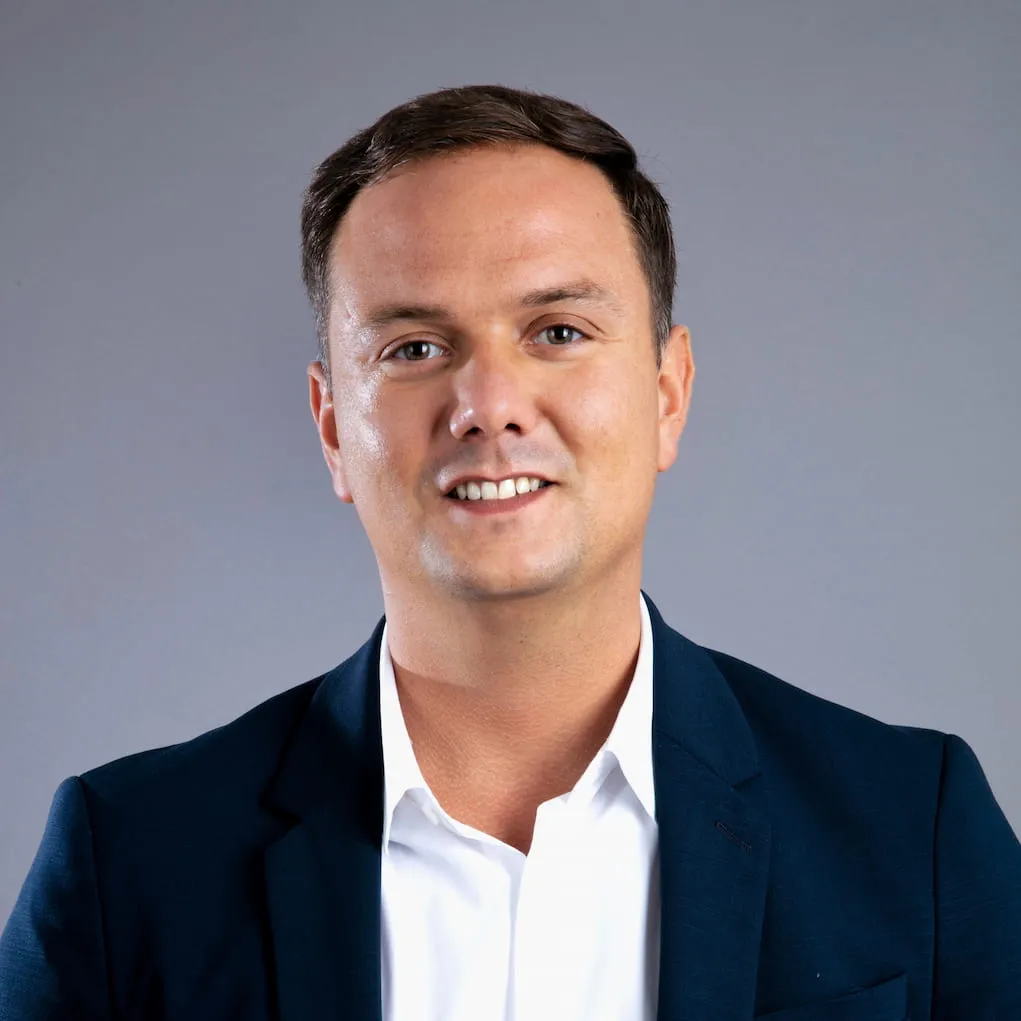A company's human capital is a treasure to be discovered and enriched. Its skills are, on the one hand, complex to detect and, on the other, constantly changing, expanding and evolving!
In this article, we’ll look at how to set objectives for the ” skillsapproach”, and then outline the methodology you’ll need to adopt in order to accurately map all your skills and professions.
Why talent mapping is crucial for HR?
The mapping of your company's assets first feeds into your Job and Career Management. It's an in-depth process that benefits everyone involved: HR, managers and employees.
- For the HR teams
- Ensure the reliability of careers committees, job changes and salary reviews
- It streamlines training programs by enabling a dedicated approach to the most in-demand proficiencies.
- Mapping helps career committees make reliable decisions on job changes and salary revaluations.
- Encourage reflection on high-potential employees and succession planning.
- Identify bridges between professions, potential skills losses and investments in the professions of tomorrow.
- For managers
- Improving performance measurement
- Guiding the development of team expertise.
- Adapt performance and training objectives.
- Building loyalty by involving employees in their career paths
- Create an internal recruitment tool where the available selection criteria reveal the expected qualifications
- Foremployees
- Learn about the levels expected and achieved in their current jobs.
- It also enables them to collaborate with their managers and colleagues on learning essential skills.
- Make the most of possible career opportunities within their company, thanks to gateways to the jobs and professions closest to their current skills and motivations.
Cristel Guillain explains why she chose Neobrain: access the video here :
What are the objectives for talent mapping?
- Mapping enables hr professionals to respond to rapid evolutions and transformations in the organization structure; for example, the case with the SNCF.
- It can facilitate the structuring of a strategic workforce planning approach like what Afpa did.
- Dynamic age management to anticipate potential loss of skills: an example from Bosch.
- Additionally, it empowers employees and managers to upskill using an intuitive and sustainable career planning tool. Have a look at what Sage did.
- Talent analysis enhances internal mobility through better career management and implementing a talent marketplace. Take for example what Natixis.
- To add on, it assists in determining appropriate employee support and training practices, like in the case with Amicio.
Talent planning for organizational projects.
The mapping of all your company's expertise is the result of several preliminary stages: the construction of an ontology, its formalization in a repository and, finally, its daily use by your employees.
Who are theplayers involved in mapping skills ?
Human resource teams play an integral role in talent analysis. However, there are other parties involved in implementing the concept. They include:
- Managers : they contribute to the cartography by listing all the skills needed and available within their teams.
- Job experts: they describe the main tasks attached to the jobs they manage, and the resulting skills .
- The business sponsor : validates the strategic skills contained within the business family that concerns him/her. He or she participates in the organization’s forward-looking vision, and is already thinking about future assets so that they can be integrated right from the start of the process.
- The HR function: manage HR information systems. They also organize training, career development, and partner sourcing.
- Business owners: ensure good practices when undertaking talent acquisition procedures. They can organize interviews and source reviews with technical experts, HR, and other relevant stakeholders to streamline supply chain pipelines.
Unleash the bridges between professions
Your mapping takes shape, and you have all the data your employees need to position themselves in their jobs. They can directly assess their level in each of the skill job categories. This action reveals two essential pieces of information:
- Gaps between expected and actual skills levels.
- Levels of attainment that enable progression to other roles within the company.
This self-assessment is insufficient to reveal the real level of each individual. In our article “cartography: optimize your training budget” we discuss ways of making this activity more reliable.
What are Career pathways?
Career bridges form the basis of mobility, and are born of the similarity of skills required from one job to another. For managers and HR functions, this mapping highlights the skills commonalities between professions and, consequently, the career paths that are most likely to be successful.

Employees can also use career bridges to gain visibility into internal job openings they can aspire to. Plotting abilities will steer their trades and enable them to make objective job transitions based only on skill. As a result, it strengthens their commitment to maximizing their professional advancement.
Update your mapping and avoid inflation of skills
- Overall, companies should evaluate and regularly update their talent competencies to improve productivity. Neobrain scans 60 million job offers every day to suggest competitive skills that you may choose to include in your portfolio.
- However, be careful to keep the skill list concise. Requesting too many aptitudes can diminish the recruitment value. A good skills checklist should not exceed 15 skills per jobs.








